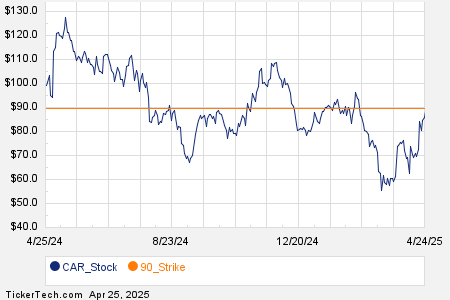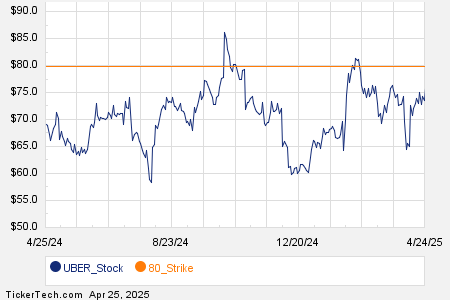Understanding IRA Balances: Insights by Generation
Many workers choose to save for retirement through a 401(k) or other employer-sponsored plans when available. However, Individual Retirement Accounts (IRAs) play a crucial role in saving as well. IRAs offer flexibility in investments and allow users to rollover funds from previous 401(k) accounts, simplifying overall money management.
Individuals’ IRA balances vary widely based on their savings strategies, ages, and retirement plans. Curious about how your balance compares within your generation? A recent Fidelity survey provides insights into the average IRA balances across different age groups.
IRA Balances by Generation
The Fidelity survey centered on 401(k) balances but also noted the average IRA balance for each generation, detailed in the following table:
|
Generation (Birth Years) |
Average IRA Balance |
|---|---|
|
Baby boomers (1946 to 1964) |
$250,966 |
|
Generation X (1965 to 1980) |
$100,169 |
|
Millennials (1981 to 1996) |
$24,097 |
|
Generation Z (1997 to 2012) |
$6,479 |
Data source: Fidelity.
Unsurprisingly, baby boomers, who are mostly retired, hold the highest average IRA balances, while Generation Z, the youngest group, has the lowest. This disparity mainly arises from differing years in the workforce and average incomes. Additionally, the longer money is invested in an IRA, the greater its potential returns.
It’s important to remember that averages can be misleading. For instance, having one person with a large balance can significantly raise the average for everyone in the group. Thus, averages do not always reflect what a typical individual has saved. Unfortunately, the Fidelity survey does not provide median balance information, which often offers a clearer picture of savings across generations.
Strategies to Improve Your IRA Balance
If your IRA balance doesn’t meet your expectations, there are proactive steps you can take. Start by setting clear goals for your annual contributions. In 2025, you can contribute up to $7,000 if you are under age 50, and up to $8,000 if you’re 50 or older. Be mindful of income limits if you choose a Roth IRA.
Next, evaluate how much you can realistically save. Establishing a consistent monthly transfer from your bank account is ideal, but alternative methods also work. For instance, consider setting aside a year-end bonus or tax refund to boost savings. Remember, every little bit helps, even if you can’t contribute the maximum.
Evaluate your investment choices, too. Keeping fees low is essential for growing your savings. Index funds typically offer a cost-effective investment option.
Above all, focus on your individual retirement needs rather than comparing yourself to others. It’s acceptable if you prioritize saving in other accounts; just ensure you have a solid plan for achieving your retirement goals.
Unlocking Additional Social Security Benefits
Many Americans find themselves lagging in retirement savings, but understanding some lesser-known “Social Security secrets” could enhance your retirement income. For instance, one simple strategy might provide an annual increase of as much as $22,924! Learning how to maximize your Social Security benefits can help you retire with confidence and peace of mind. Learn more about these strategies.
The Motley Fool has a disclosure policy.
The views and opinions expressed herein are the views and opinions of the author and do not necessarily reflect those of Nasdaq, Inc.



